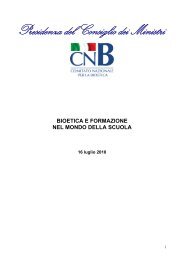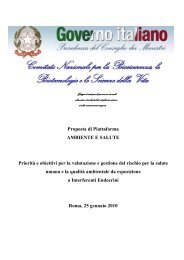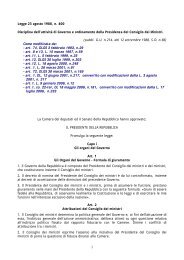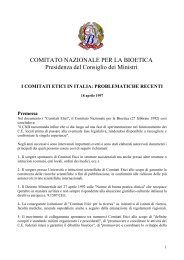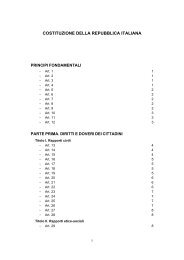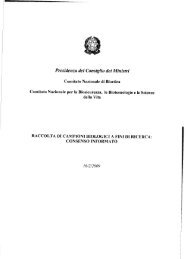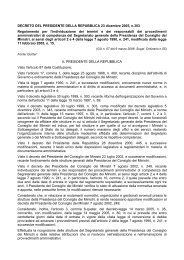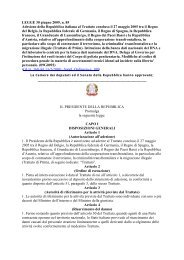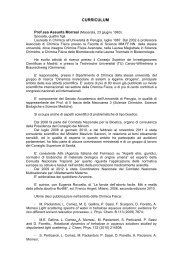President
President
President
You also want an ePaper? Increase the reach of your titles
YUMPU automatically turns print PDFs into web optimized ePapers that Google loves.
1. “ensuring continuity of care through services, at any moment or<br />
periodically (for example when the individual cyclically moves from the<br />
institution to the community, between admissions and discharges);<br />
2. Ensuring that the services respond to the entire range of an individual’s<br />
needs and to their variation in time, even for a whole lifetime, if necessary” 300 ;<br />
3. Helping people to “access the necessary services, overcoming the<br />
obstacles linked to the access requirements, regulations, administrative<br />
decisions, procedures;<br />
4. Ensuring that the services (…) are carried out adequately and quickly<br />
and do not unnecessarily overlap” 301 .<br />
The figure of the Case Manager is present (although not always put into<br />
action) in the National Healthcare Plan 2003-2005, as a point of reference for<br />
the elderly who are alone, and has the task of assessing and meeting their<br />
needs, using the network of healthcare and social-institutional services, or<br />
friendship and solidarity networks. In a complex society like ours, there is<br />
certainly no shortage of offer, as we have said, of social-healthcare services<br />
and support groups, also voluntary, which can be of help to the elderly who find<br />
themselves in difficulty; what is lacking, however, or what is at least felt to be a<br />
primary need for this age-group, is a figure of reference, someone they can<br />
trust. Too often, the people revolving around individuals of a certain age<br />
overlap or multiply, which leads to a sense of insecurity and lack of care. The<br />
figure of the Case Manager aims to meet the need of focusing on one person<br />
the desire for a “stable relationship”, which is the foundation of a mutual human<br />
contact. Its role is also relevant with regards to guiding the person they look<br />
after in both understanding and decoding medical language, in organising<br />
healthcare, from booking to undergoing the medical check-up etc., and, finally,<br />
in their capacity to involve the patient’s family circle. To ensure this task of<br />
involving the family members, and, more widely, friendship and solidarity<br />
networks, we should avoid the possible risk, mentioned in critical literature, of<br />
de-responsabilisation; the Case Manager intervenes not to take the place of<br />
family and friendship networks (when they exist), but to increase and support<br />
their contribution, by encouraging it and coordinating it. This role does not<br />
intend to add another link to the chain, which is already complicated and<br />
muddled by its bureaucratic structure; if anything, it aims to lower the incidence<br />
of bureaucratisation and depersonalisation, accompanying the person they look<br />
after and helping him/her extricate him/herself from the jungle of the services<br />
offered. If this role can be a real support for National Healthcare System users<br />
in general and for the elderly in particular, it will be of even more help, in light of<br />
what we have said above about the condition of women in their fourth age, for<br />
this section of the population, becoming the interpreter and guarantor of their<br />
particular needs in the social-healthcare field.<br />
Finally, the bioethical importance of the Case Manager cannot be<br />
overlooked: it is aimed at individuals with high health risks, in most cases<br />
having to face, alone, fundamental questions about end-of-life issues; the<br />
person in this role will have to be prepared – with specific training adequate to<br />
carrying out its different duties – also to tackle bioethically such eventual<br />
situations: often, in fact, poly-pathologies are accompanied by a latent (or even<br />
The implementation of individualised programs of assistance in community care (1995); P.<br />
Donati and F. Folgherairter (ed.), Gli operatori sociali nel welfare mix, Erickson, Trento 1999.<br />
300 B. Bortoli, Il lessico della community care, cit., p. 84.<br />
301 Ibid.<br />
231




